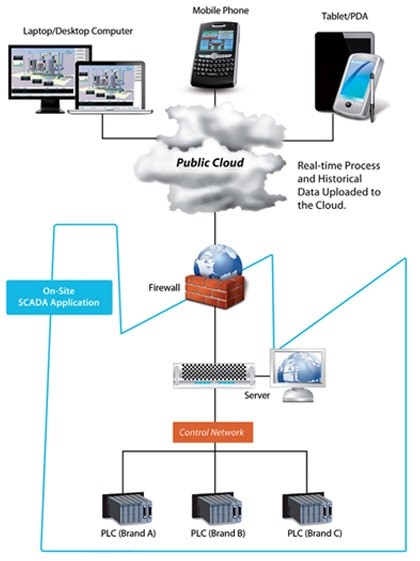In this post, we will discuss the security problems in the Distribution Automation System (DAS) which has an inherent vulnerability to cyber attacks due to its high dependency on the communication and geographically widely spread terminal devices.
Introduction
The Distribution automation system (DAS) provides capabilities for a central server to collect operation data such as voltage and current, to monitor and control feeder remote terminal units (FRTU) which are dispersed in the remote areas, and to detect and restore faults automatically. As information exchange between the DAS server and field equipment becomes more critical for the system operation, communication technology plays an integral part of the distribution system.
Despite the importance of the communication technology, little effort has yet been invested on cyber security in the power system networks including the supervisory control and data acquisition (SCADA) system and the distribution automation system. In most SCADA systems, the approach for security relies on the physical security where equipments are located in highly protected sites and only authorized operators can access them.
The major reason why the SCADA security is getting attention is that the SCADA system is no longer a closed network where only privileged and authorized persons can have rights to access. Recent advances in business model require the SCADA network to be connected with corporate networks.
Moreover, the communication architecture is more relying on the open standard communication protocols. The use of the open communication protocols renders the SCADA system more vulnerable to cyber attacks.
In the past few years, the security issues in the SCADA system have been analyzed and some efforts have been carried out for developing security mechanisms. The works have been focused on many key management schemes for the cryptographic algorithm as well as transition issues for adapting security mechanisms and intrusion detection schemes.
As for the cyber attacks, the distribution system is more vulnerable in many ways. The terminal devices in the SCADA system are mostly located in restricted local area networks, while FRTUs in the distribution system are located at remote and unmanned sites in most cases, and are spread in wider area networks. As communication between the DAS server and FRTUs becomes more critical, security measures should be implemented to protect the normal control operations from any cyber threats. Recently, agent-based service restoration algorithms in the DAS network have been proposed, and those algorithms are dependent on the security and reliability of the network.

sir i want to get new presentation to useful for society
Can u please tell more about how we guarding DAS using agent-based service restoration algorithms.Can u mail me a PPT regarding this topic
Sorry Neha. We do not prepare PPTs.
Thank you for your reply
Do you have some more content regarding the topic
Hi Neha,
Its an IEEE topic so you may get some more information on the official website.
Comments are closed.